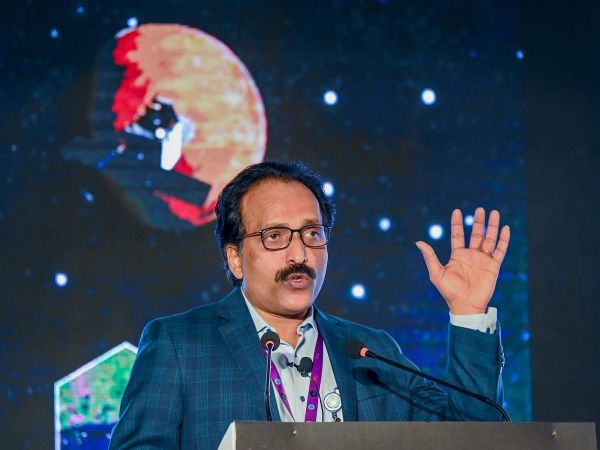
India has achieved a significant milestone in its space exploration endeavors. The Indian Space Research Organization (ISRO) has published a strategy that aims to redefine the nation’s role in international space exploration with the bold goal of landing an astronaut on the moon by 2040. This project represents a sea change in India’s space aspirations and is backed by previously unheard-of government financing and innovative technologies.
Credits: trak.in
A record ₹31,000 crore financing package has been approved by the Indian government, led by Prime Minister Narendra Modi, to support ISRO’s ambitious objectives. India’s dedication to space research and development is demonstrated by this investment.
The effort is the first of its sort in the history of India’s space program and is a 25-year strategic vision, according to ISRO Chairman Dr. S. Somanath. He underlined how all-encompassing the strategy is, encompassing the development of vital infrastructure for sustainable space exploration, an increased mission portfolio, and technology breakthroughs.
At the heart of India’s long-term vision is the establishment of its own space station, the Bhartiya Antariksha Station, targeted for operational deployment by 2035. The station’s precursor module is scheduled for launch as early as 2028, marking the beginning of a new chapter in India’s space capabilities.
The Bhartiya Antariksha Station will serve as a critical platform for:
This space station signifies India’s determination to enhance its autonomous capabilities in space exploration and emerge as a key player on the global stage.
ISRO has lined up an impressive array of preparatory missions to pave the way for the lunar landing. These include:
India’s space ambitions are not limited to ISRO. The country’s private sector is playing a crucial role, with over 250 space startups driving groundbreaking innovations. Startups like Agnikul Cosmos, which successfully launched a liquid-propelled sub-orbital rocket, highlight the synergy between private enterprises and ISRO.
This collaboration has fostered a dynamic ecosystem, accelerating technological advancements and boosting economic returns. India’s space program reportedly delivers an impressive ₹2.52 return on investment for every rupee spent, making it not just a scientific but also an economic success story.
The ultimate milestone of India’s space program is a moment of national pride—an Indian astronaut planting the tricolor flag on the moon by 2040. Dr. Somanath highlighted the symbolic importance of this achievement, stating:
“When we celebrate the 100th year of our independence, an Indian flag will be flying on the moon with our person going, putting it back, and returning safely.”
This lunar mission is not just a technological triumph but a testament to India’s relentless pursuit of excellence in space exploration. It reflects the nation’s growing confidence and its readiness to take on greater challenges in the global space arena.

Credits: The Indian Express
India’s plan to reach the moon by 2040 is both ambitious and inspirational. The goal of an Indian astronaut on the moon is about to come true thanks to strong government support, creative technology advancements, and a flourishing commercial sector. In addition to enhancing India’s reputation in the international space community, this expedition will motivate upcoming generations to aim high.